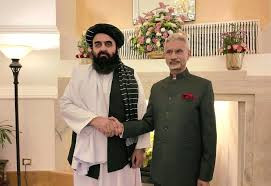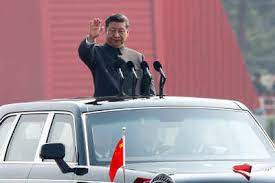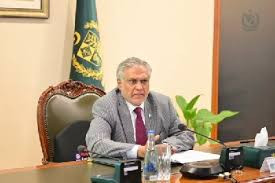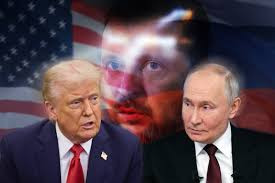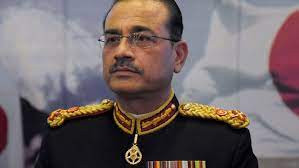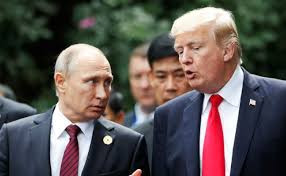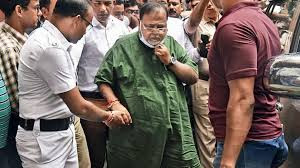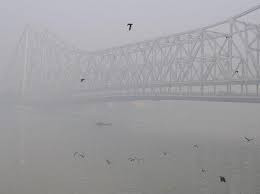Trump Signals 20–25% Tariff on Indian Goods as Trade Deal Remains Unresolved
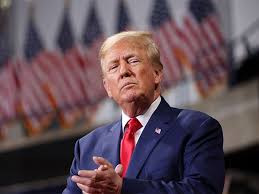
IIE DIGITAL DESK : Washington D.C., July 2025 — U.S. President Donald Trump announced today that India may face tariffs of 20% to 25% on its exports, albeit cautioning that a final decision has yet to be made. Speaking aboard Air Force One, Trump characterized the trade talks with India as ongoing, emphasizing both the country’s strategic partnership with the U.S. and its historically high trade barriers.
Trump reiterated that India is considered a friend—pointing to its role in ceasing hostilities with Pakistan at his request—but underscored that New Delhi’s higher-than-average tariffs on American goods cannot go unchecked. He referenced the prior provisional 26% reciprocal tariff announced in April, signaling a slight softening in stance should an agreement be reached before the self-imposed August 1 tariff deadline. However, no deal has been finalized yet.
This announcement came amid escalating trade negotiations, with Indian officials currently in Washington to explore terms. Internal discussions in New Delhi reflect a strong desire for more favorable rates—ideally below 20%, and even under 10%—placing India in a better position than countries like Indonesia and Vietnam, where recent agreements have imposed tariffs of 20% or modestly higher.
Markets responded swiftly. According to Reuters, the Indian rupee is projected to weaken beyond ₹87 per U.S. dollar—the lowest level seen in four months—amid ongoing portfolio outflows and uncertainty ahead of the tariff deadline. Market indicators cited include a non‑deliverable forward rate between ₹87.11 and ₹87.13, alongside continued foreign investor pullback in equities and bonds. Policymakers are reportedly preparing to intervene if depreciation accelerates.
Trump’s tariff rhetoric aligns with a broader strategy affecting dozens of trade partners: he has committed to dispatch "tariff letters" to over 150 countries, assigning each a standardized rate—commonly ranging between 10% and 50%—with the lower end reserved for smaller trading partners. Countries that have already reached deals, like Indonesia, may see rates under 20%, setting precedents for India’s outcome.
sources indicate that India and the U.S. are nearing an interim agreement that could place India’s tariff rate below 20%, a significant reduction from the initially threatened 26%. This arrangement would allow both sides to continue negotiating a comprehensive accord tentatively scheduled for resolution by fall 2025.
Analysts caution that until a mutually acceptable framework is finalized, Indian exporters—particularly in key sectors such as pharmaceuticals, textiles, and gold—remain exposed to the risk of retaliatory tariffs. The looming August 1 deadline adds a sense of urgency, with trade delegations working to close gaps before new duties kick in.
India's trade negotiators have reportedly floated zero-tariff proposals on select U.S. imports such as car parts, EVs, aircraft, and medical devices to facilitate a cooperative outcome. However, internal resistance—especially regarding opening agricultural and dairy markets—may complicate final terms.
As Trump positions the tariff tempo, he also frames the broader diplomatic terrain: he tied discussions on India’s price protections to America’s desire for fair reciprocity, touting prior efforts to influence Pakistan still as leverage. Indian authorities, meanwhile, maintain cautious optimism but stress the importance of preserving sovereignty and protecting domestic sectors.
Trump’s forecast for India-facing tariffs of 20–25% reflects both pressure tactics and negotiation flexibility—so long as a trade pact remains unresolved. With less than 48 hours to the August 1 deadline, business sentiment in India remains jittery as firms await clarity on tariff levels. Currency volatility, trade-led inflation concerns, and relational balance between strategic friendship and commercial fairness form the backdrop of these high-stakes talks.
You might also like!


